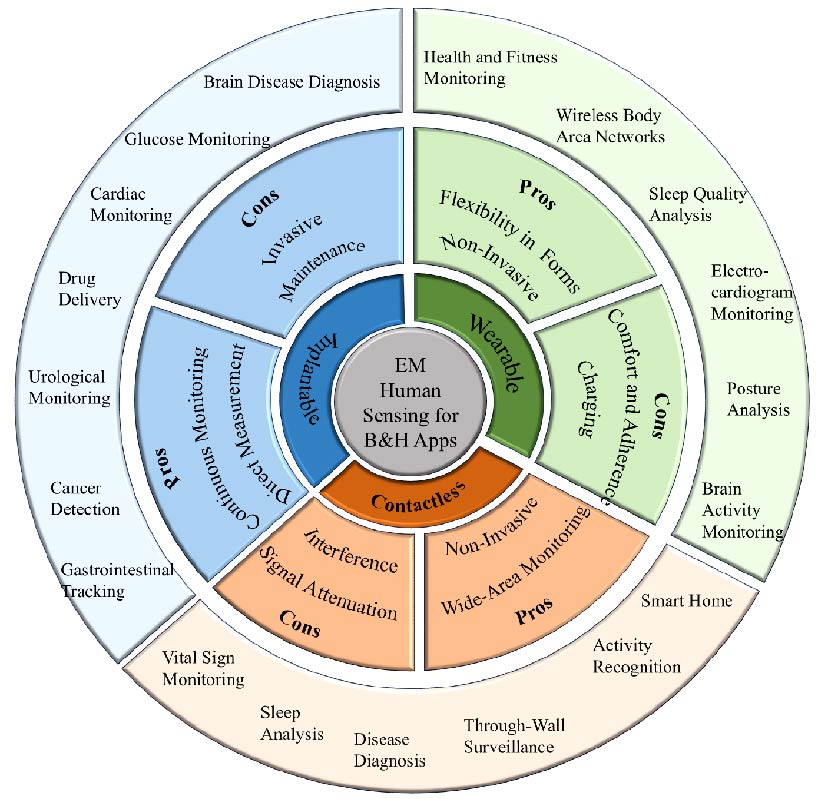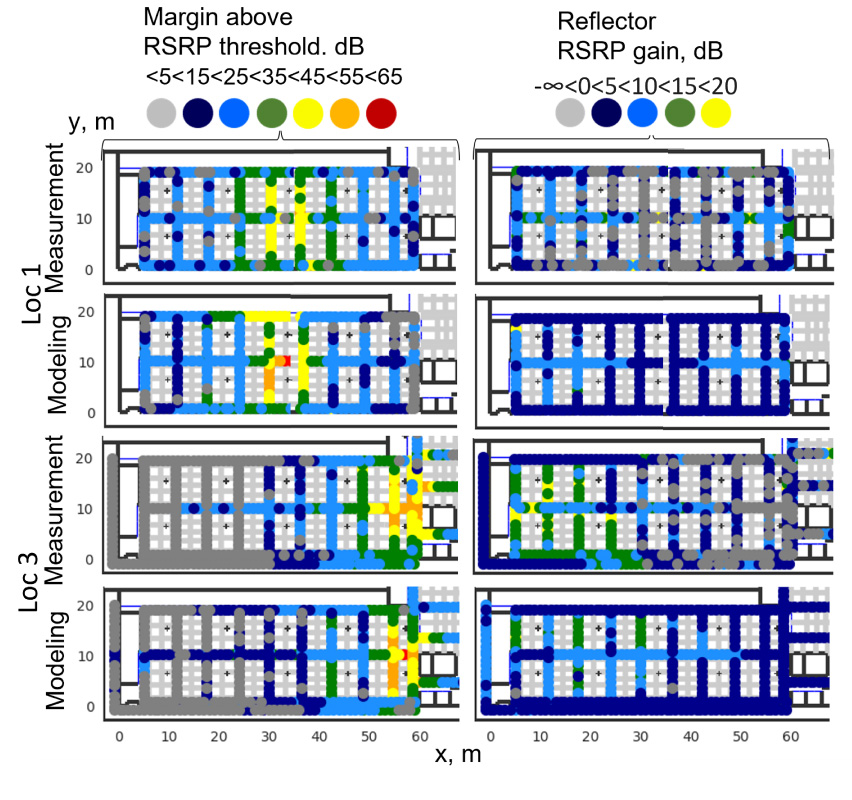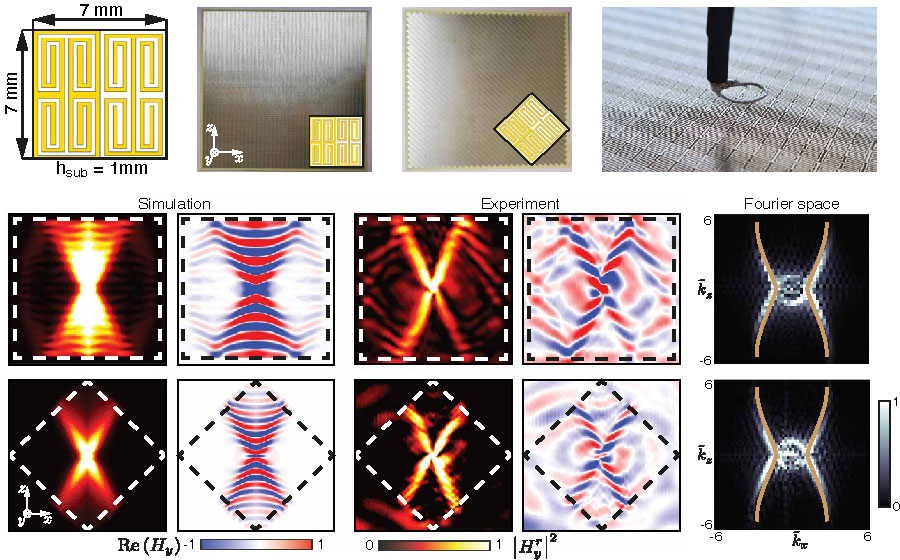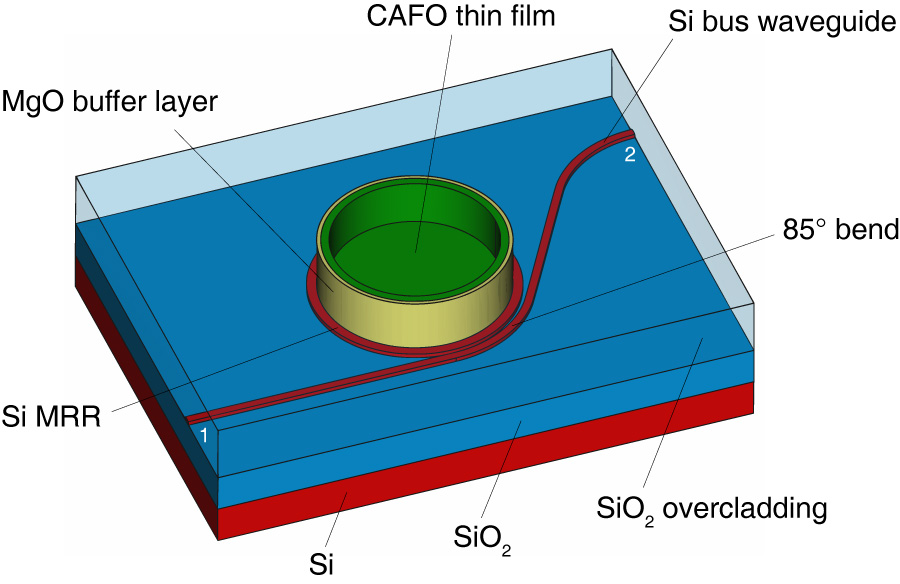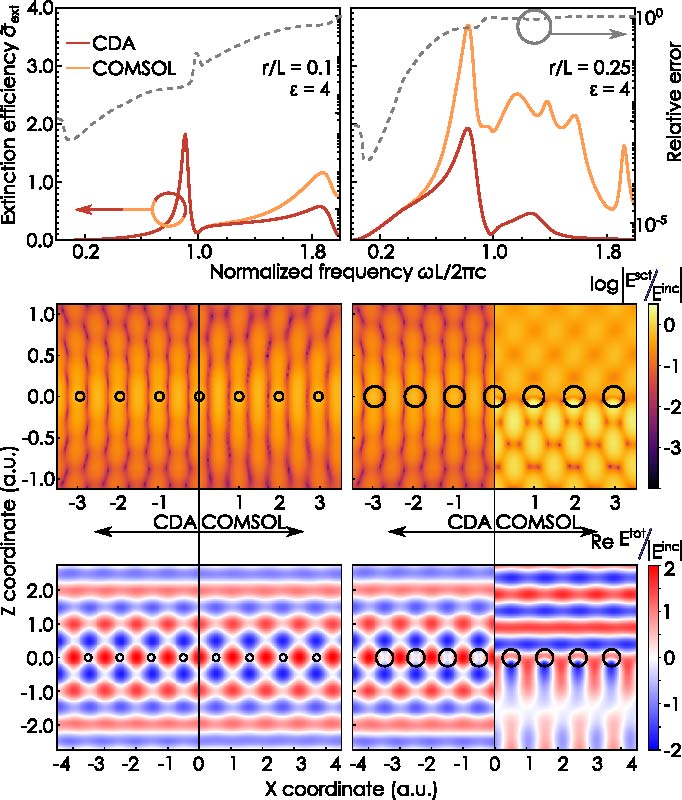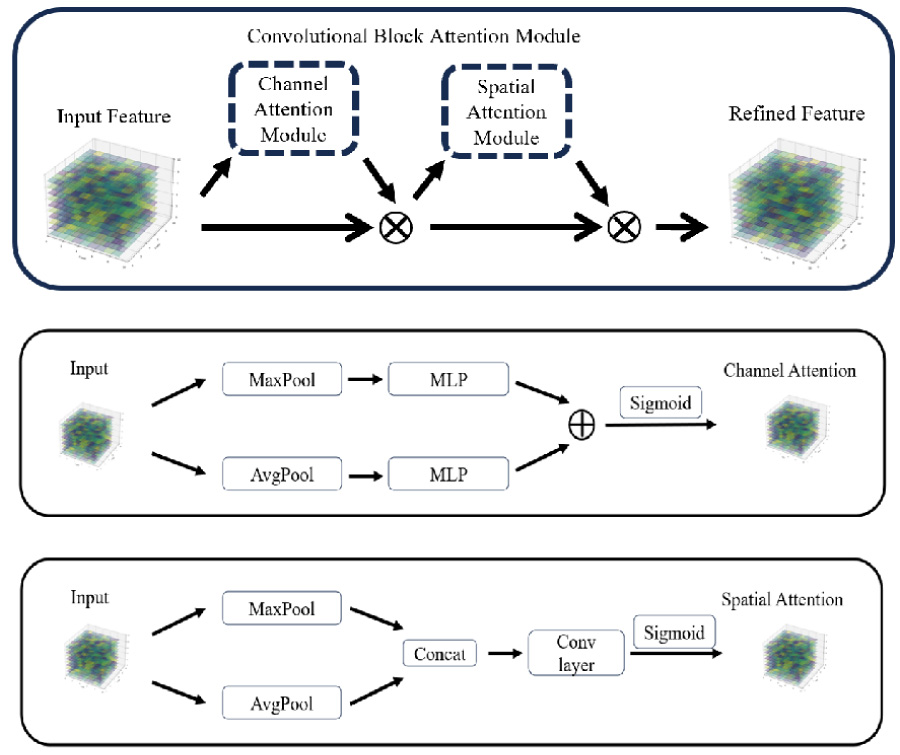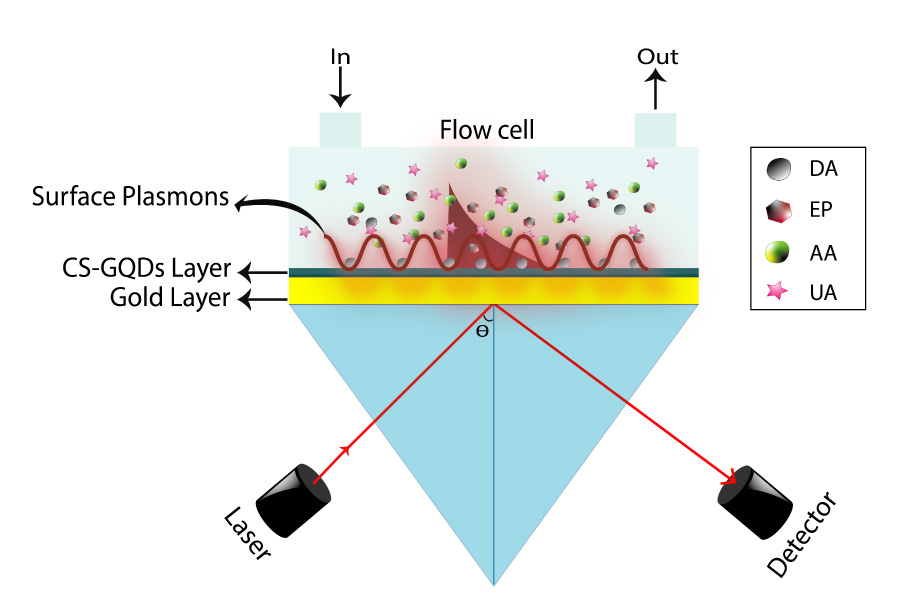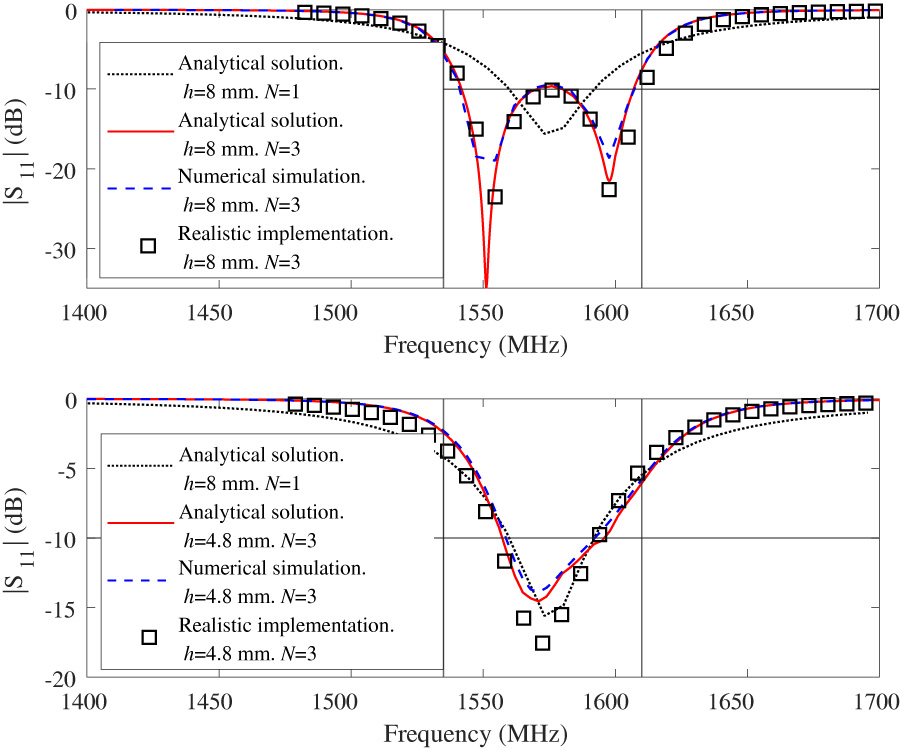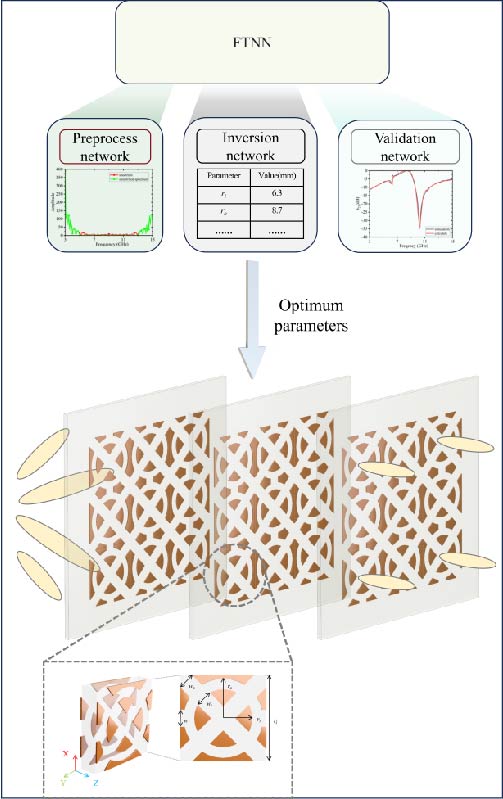Contactless Electromagnetic Human Sensing for Biomedical and Healthcare Applications (Invited Review)
Xinyu Li,
Long Chen,
Zi Xuan Cai,
Ke Zhan Zhao,
Qian Ma,
Jianwei You and
Tie-Jun Cui
Contactless electromagnetic (EM) sensing has revolutionized biomedical and healthcare applications, enabling non-invasive, real-time monitoring and diagnosis of physiological conditions. Unlike traditional wearable or invasive sensing solutions leading to patient discomfort, contactless EM sensing provides a seamless and unobtrusive solution for continuous health monitoring. This review categorizes EM sensing into imaging-based and signal-based approaches, emphasizing recent technological advancements. Imagingbased sensing techniques provide high-resolution imaging of human anatomy for analysis and diagnosis, while signal-based methods infer physiological conditions through the variations in EM signals caused by human movements. Particularly, metamaterials have significantly enhanced contactless EM human sensing due to their superior ability to precisely manipulate EM waves. Metamaterialbased imaging, such as Magnetic Resonance Imaging (MRI), improves diagnostic accuracy by enhancing imaging contrast and reducing noise. Meanwhile, metamaterial-based sensing, exemplified by metasurface-enabled multi-person vital-sign detection, offers increased spatial resolution and signal-to-noise ratio, enabling reliable and efficient human health monitoring. Furthermore, the integration of metamaterials with artificial intelligence (AI) has transformed EM human sensing, enhancing its accuracy and adaptability across various environments. By highlighting recent progress and discussing future challenges, this review underscores the importance of further research to unlock the full potential of EM sensing in advancing biomedical and healthcare technologies.
